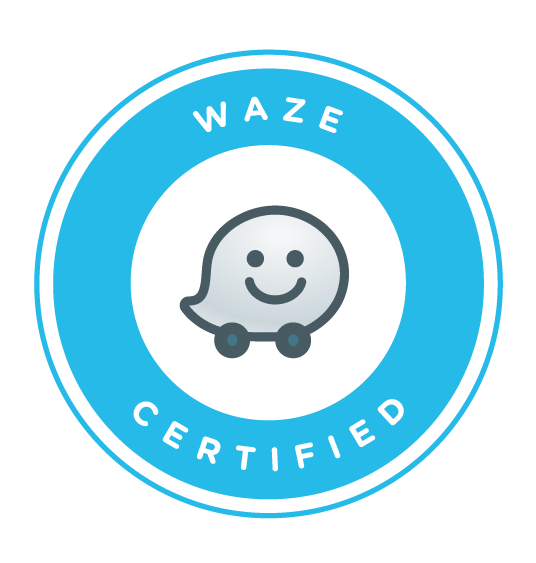When Amazon first started selling online it was in the price game, but it had a strategy.
You’re probably well aware, but if price is your only USP then your business is going to be short lived.
As competition pushes prices down, margins are squeezed, until profit is squashed, and you go out of business.
In For The Long Haul
Where price can work is short-term, where there is minimal competion. You avoid price wars long enough to build a customer base. At the same time you invest heavily in the customer experience to ensure that as many of those hard won customers remain loyal. You diversify your product range, expanding rapidly to encompass as much of the your sector as you can online, before your offline competition has time to react.
Amazon employed this strategy, flawlessly in the early on. I always remember the day that Amazon posted it’s first profit in January 2002. The naysayers chant to Amazons rise was always that “they weren’t profitable”. But this is just the short-term business mind; Amazon were, and still are, in for the long haul. Short-term profit was never the goal, market domination is!
What Do You Do When The Tables Are Turned?
Whilst you have been busy expanding your retail base, protecting all corners of “traditional” online commerce and satisfying the hell out of customers. Until it even gets to the point where they pay for free delivey and the pleasure of being even more loyal, Amazon Prime. Along come the “tech boys” selling their digital assets, non-physical stock, that doesn’t require a distribution network and warehousing the size of a small town.
If You’re Amazon You Look For A Way To Own It
This time they are playing catch-up.
Instead of trying to compete head on, they go for precision targeting. Amazon are not interested in buidling an iPad killer. No, they are plenty happy enough for the iPad to dominate it’s market as long as people are reading products bought from their store on it. iBooks didn’t stand a chance. Apple had all the opportunity they were going to get, but Amazon made the Kindle application so accesible that Apple couldn’t hide from it. Now there is even a web based version, to get over any restrictions impose on the installed iPad application.
Market Domination!
So now you have millions of people with libraries of Kindle e-books they have purchased. A commitment any book lover knows, you never want to part with your library, even if you never open that favourite book again. You up the game producing ever chepaer e-readers, now consumers can afford to own an iPad and a Kindle, afterall the Kindle device is the better reading experience.
For those that want a bit more you produce a colour version cheap enough to appeal to the many, but it will also play video and audio. These are two growing digital delivery products that Amazon hasn’t been as fast to conquer. Kindle Fire changes that; they provie you a cheap enough tablet that its an easy buy. In return you silenty agree to buy from Amazon for the foreseable future.
Hang on, isn’t that the same agreement you signed up for with Amazon Prime for physical products?
Amazon Have Made The Perfect Play
This isn’t to do with devices, this is about market ownership.
Amazon is a Bengal Tiger marking it’s territory; defining it’s space to ensure that Apple doesn’t encroach too far. But not so much that it puts at risk valuable revenue; no, it wants to let Apple have the hardware space.
Amazon’s interest lies in being the number one supplier of digital assets as well as physical ones online.






